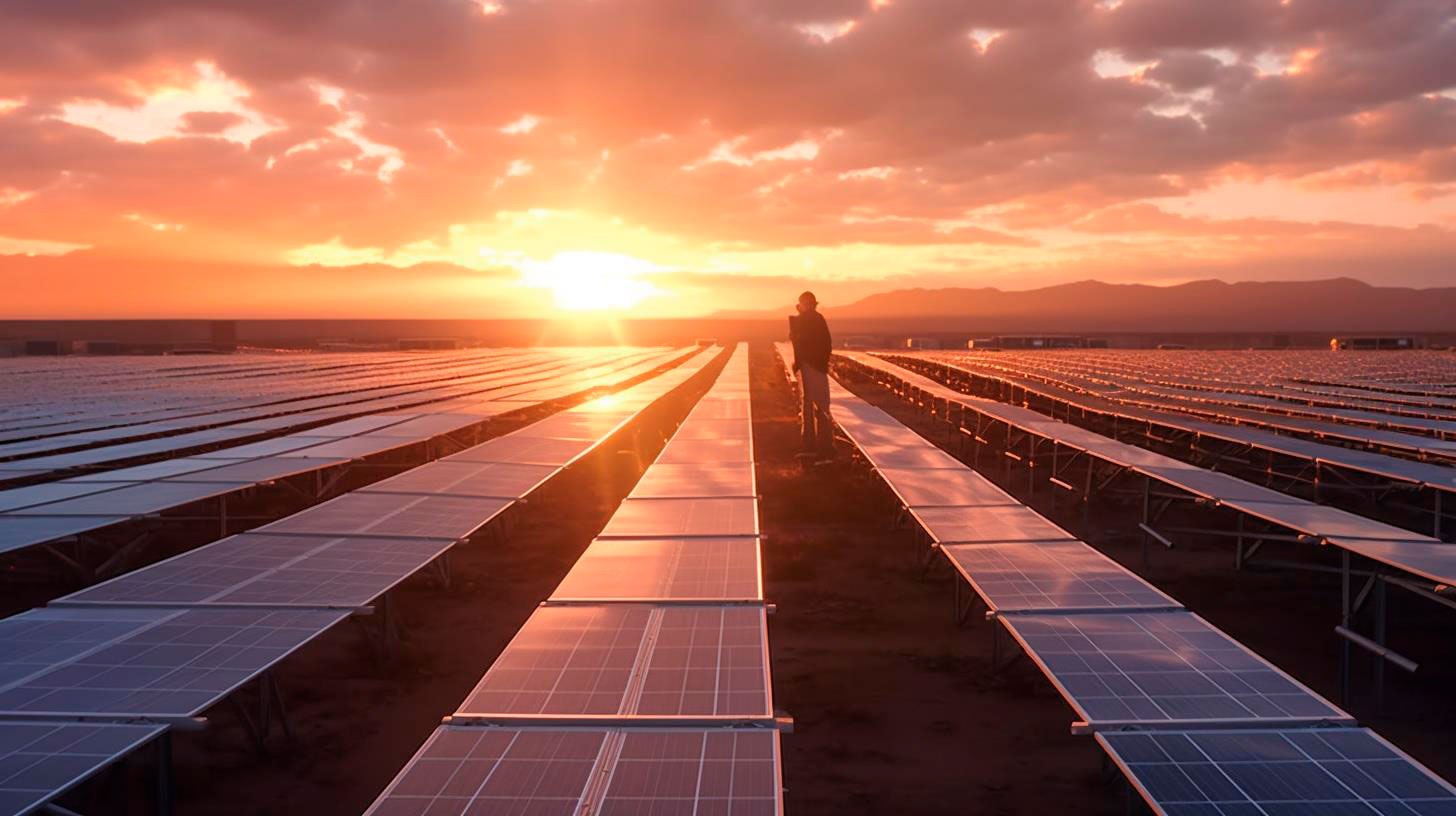Exploring the Relationship between Dams and Hydroelectric Power
In this article, we will delve into the relationship between dams and hydroelectric power, discussing their importance, advantages, and key takeaways.
The Importance of Dams in Hydroelectric Power Generation
Dams play a crucial role in harnessing the power of water by creating reservoirs. These man-made structures allow for the storage of vast amounts of water, ensuring a regulated flow. The captured water is then released through massive turbines, activating generators that produce electricity. This process of energy production, known as hydroelectric power generation, provides a sustainable and renewable source of electricity.
Advantages of Hydroelectric Power
- Renewable Energy Source: Hydroelectric power relies on the water cycle, which is continually replenished by nature, making it an inexhaustible energy source.
- Low Carbon Emissions: Hydroelectric power generation produces minimal greenhouse gas emissions compared to fossil fuels, contributing to a cleaner and greener environment.
- Stable and Predictable: Hydropower provides a reliable source of electricity as it is not dependent on factors such as weather conditions or fuel availability.
- Flexible: Hydroelectric power plants can be turned on and off quickly, allowing for effective load management and grid stability.
- Multi-Purpose: Dams used for hydroelectric power generation also provide benefits such as water supply, irrigation, flood control, and recreational activities.
The Global Impact of Hydroelectric Power
The global impact of hydroelectric power is significant, and its importance continues to grow. Let’s explore some industry statistics that highlight this impact:
- According to the International Energy Agency (IEA), hydroelectric power accounted for 16% of the world’s total electricity generation in 2020.
- In China, the world’s largest hydropower producer, hydroelectric power constituted approximately 17% of their total energy consumption in 2020.
- The United States generated around 7% of its electricity from hydropower in 2020, with a total installed capacity of over 100,000 megawatts.
- Norway, Brazil, and Canada are also leading countries in hydroelectric power generation, with significant proportions of their energy mix derived from this renewable source.
These statistics demonstrate the vital role that hydroelectric power plays in meeting the world’s energy demands while striving for a sustainable future.
Key Takeaways on Dams and Hydroelectric Power
- Dams are essential for hydroelectric power generation as they create reservoirs that store water for a controlled release.
- Hydroelectric power is a renewable energy source with low carbon emissions, contributing to a cleaner environment.
- It provides a stable and predictable source of electricity, promoting grid stability.
- Hydroelectric power is versatile, serving multiple purposes, such as water supply, irrigation, flood control, and recreation.
- Globally, hydroelectric power constitutes a significant portion of the energy mix in many countries.
In conclusion, dams and hydroelectric power are intricately connected. Dams provide the necessary infrastructure for hydroelectric power generation, allowing us to capitalize on the power of water to produce clean and sustainable electricity. With its numerous advantages and a global impact, hydroelectric power proves to be an indispensable component of our energy portfolio, enabling us to meet the increasing energy demands while reducing our carbon footprint.
